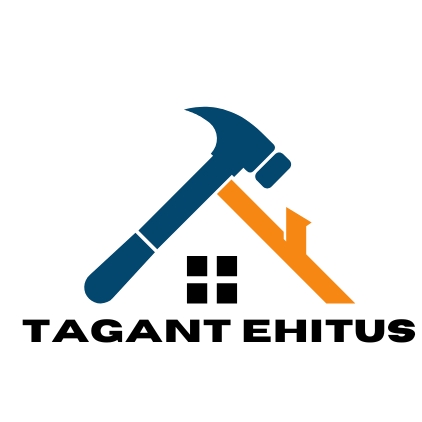5 trends shaping the future of general construction
The landscape of general construction is continually evolving, driven by innovation, sustainability, and a relentless pursuit of efficiency. As TAGANT EHITUS OÜ stands at the forefront of this dynamic industry, we're keenly observing the trends that are shaping the future of construction. Here, we delve into five key trends that property developers, business owners, and government agencies should be aware of.
1. Sustainable and Green Building Practices
With a growing emphasis on environmental stewardship, energy efficiency, and the use of renewable resources have become paramount in construction projects. Buildings are being designed with better insulation, energy-efficient systems, and the integration of solar panels and wind turbines.
Construction companies are increasingly turning to sustainable materials such as bamboo, recycled plastics, and reclaimed wood. Innovative construction techniques that reduce waste and minimize environmental impact are also being adopted.
Green certifications like LEED, BREEAM, and WELL are becoming standard benchmarks for new constructions, ensuring that buildings meet stringent sustainability criteria.
2. Technological Advancements in Construction
Building Information Modeling (BIM) has revolutionized the way construction projects are planned, designed, and managed. BIM facilitates better collaboration among stakeholders and leads to more accurate and efficient project outcomes.
Prefabrication and modular construction methods are gaining traction as they offer significant time and cost savings, as well as improved quality control.
Drones are being used for site surveys and inspections, while robotics are increasingly employed for tasks such as bricklaying and concrete pouring, enhancing precision and safety.
3. Increased Focus on Safety and Health
The industry is witnessing the introduction of advanced safety equipment, including smart helmets and exoskeletons, to protect workers and enhance their productivity.
Wearable technology that monitors vital signs and environmental conditions is becoming more common on construction sites, helping to prevent accidents and health issues.
There is a heightened focus on training and regulations to ensure that construction sites are safer and workers are well-prepared to handle the complexities of modern construction.
4. Integration of Smart Building Technologies
The integration of the Internet of Things (IoT) and automation into building operations is transforming buildings into smart, self-regulating structures that optimize energy use and enhance occupant comfort.
Smart materials that can adapt to environmental changes and provide real-time data are being incorporated into construction, paving the way for buildings that are more responsive and efficient.
Advanced energy management systems are being implemented to monitor and control energy consumption, leading to significant cost savings and reduced carbon footprints.
5. Evolving Project Delivery Methods
Collaborative agreements and partnerships between various stakeholders are streamlining the construction process, fostering innovation, and reducing risks.
Design-build and integrated project delivery methods are simplifying project management and fostering a more holistic approach to construction.
Lean construction principles are being applied to minimize waste, maximize value, and achieve more efficient project delivery.






Comments (0)